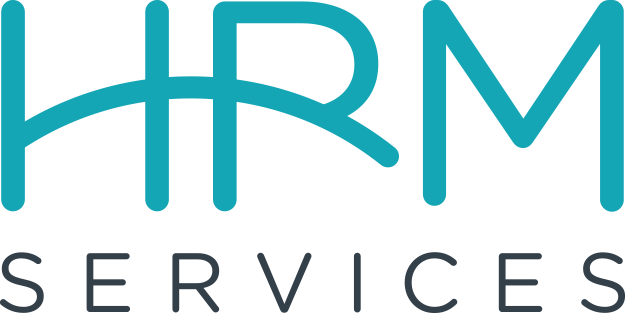
As 2023 draws to a close, it’s crucial for HR professionals to reflect on the changes and challenges we’ve faced throughout the year. In this edition of HR Hot Topics, I’ll be diving into a vital, albeit less glamorous, aspect of our field: the evolution of employee handbooks and the impact of recent National Labor Relations Board (NLRB) decisions. With the festive season in full swing, let’s unwrap these changes and prepare for a compliant and effective 2024.
The Shifting Sands of Employee Handbooks:
This year, we’ve seen significant scrutiny from the NLRB on traditional handbook policies. Key areas like code of conduct, social media usage, non-solicitation, non-competes, and right-to-search policies, which were once handbook staples, are now under the microscope. Our recent legal review of our handbook template revealed the need for substantial updates, particularly in the language used in these policies.
Understanding NLRB’s Recent Rulings:
The NLRB’s August 2nd ruling has reshaped how we must approach our handbooks. The crux of the issue lies in protecting employees’ rights to discuss wages, hours, and working conditions — classified as “protected activities.” Policies deemed too broad or restrictive in curtailing these discussions are now considered overreaching. This shift requires HR professionals to reevaluate and redefine their handbooks’ language to align with these legal developments.
Crafting Compliant Policy Language:
In response to these changes, we need to be more specific in our policy wording. For instance, instead of broadly mandating professional behavior, policies should clearly outline acceptable and unacceptable forms of communication, backed by examples. It’s no longer sufficient to rely on general statements; precision is key.
Broader Implications for Policy Updates:
Apart from these specific NLRB-related changes, HR professionals should also be mindful of other policy updates. For instance, the expansion of definitions related to race, sex, sexual orientation, and gender identity should be reflected in our EEO policies. The introduction of AI in workplaces also calls for new policy inclusions.
Preparing for 2024:
Looking ahead to 2024, it’s imperative to not only update our handbooks but also consider creating separate standalone documents for policies like confidentiality, non-disparagement, and non-compete clauses. This separation ensures that the validity of your handbook isn’t compromised.
Conclusion:
As we bid farewell to 2023 and gear up for 2024, it’s more important than ever to stay vigilant and proactive in our policy management. The changing landscape demands careful attention to legal nuances and a thorough understanding of the NLRB’s stance. As HR professionals, let’s embrace these challenges as opportunities to strengthen our practices and ensure a compliant and productive workplace.
Happy holidays, Merry Christmas, and Happy Hanukkah to all! Here’s to a successful and enlightening 2024.

